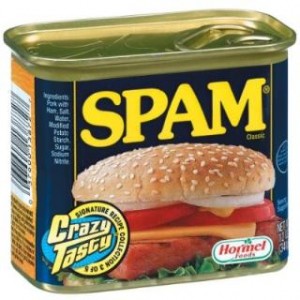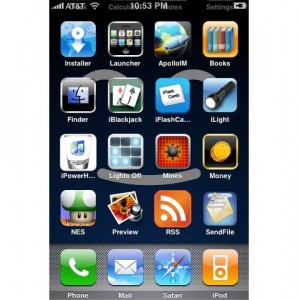How often do you use your personal e-mail? How about your work e-mail? I am willing to bet a huge sum that you can’t even answer those questions because you know that you spend a HUGE amount of time on e-mails. You spend so much time that you can’t even track it – but that’s how it is with most people today. E-mail has become part of everyone’s lives that it is not even given a second thought.
When it comes to security, however, we should give e-mail more than a second thought. Do you know just how many security pitfalls there are when it comes to e-mails? LOTS.
Here, take a look at some of these tips and you’ll realize that you haven’t really been paying attention to e-mail security.
When sending to a mailing list or to many people, use BCC.
B-what, you may ask. You know the two other fields below the TO field? One is CC (carbon copy) and the other is BCC (blind carbon copy). Using BCC means the recipients in the list will not see the e-mail addresses of the other recipients. This is particularly important in the eyes of the recipients who may not want unknown people finding out their e-mail addresses. Perfect situation to use this: when sending forwarded whatnots through e-mail.
Don’t be trigger happy.
That is, when you receive e-mails with links in them, asking you to immediately click on the link for one reason or another, DON’T. Even if you are worried to death that PayPal might close your account for no reason, DO NOT CLICK ON THAT LINK. The chances are that it’s not PayPal. If you really want to make sure, open another window and type the URL manually. Whatever you do, don’t click that link.

 You’d think that men, who are supposed to be better at maths and similar subjects, would be better at online security as well. According to an online survey, though, the opposite is true.
You’d think that men, who are supposed to be better at maths and similar subjects, would be better at online security as well. According to an online survey, though, the opposite is true.  Last week, I found myself craving for Spam – the kind that you put in between two slices of nice white bread. The moment I checked my Inbox, though, my feeling towards spam – in general; food or e-mail related – changed drastically. For some reason, I keep getting these e-mails about Viagra and winning the lotto. And I am talking about my WORK e-mail here, not my personal e-mail! Seriously, I don’t understand why these people keep sending out these e-mails when everyone knows they’re SPAM and that they amount to NOTHING! No one pays attention to these e-mails, right?
Last week, I found myself craving for Spam – the kind that you put in between two slices of nice white bread. The moment I checked my Inbox, though, my feeling towards spam – in general; food or e-mail related – changed drastically. For some reason, I keep getting these e-mails about Viagra and winning the lotto. And I am talking about my WORK e-mail here, not my personal e-mail! Seriously, I don’t understand why these people keep sending out these e-mails when everyone knows they’re SPAM and that they amount to NOTHING! No one pays attention to these e-mails, right? Yup, 46! That is one heck of a lot of security flaws, don’t you think? Considering that the iPhone is being used by a lot of people to go online, it seems quite irresponsible of Apple to release a product that has so many flaws. Still, that has not stopped people from buying the iPhone. Indeed, the major reason people do not get one is the price and not the existence of security flaws. In any case, the recent iPhone 3.0 update has fixed those flaws.
Yup, 46! That is one heck of a lot of security flaws, don’t you think? Considering that the iPhone is being used by a lot of people to go online, it seems quite irresponsible of Apple to release a product that has so many flaws. Still, that has not stopped people from buying the iPhone. Indeed, the major reason people do not get one is the price and not the existence of security flaws. In any case, the recent iPhone 3.0 update has fixed those flaws. Phishing scams have been around for the longest time now, and it still surprises me how creative and imaginative the people behind these scams can be. It used to be that they relied solely on scams revolving around lotteries and stuff. A lot of people have wised up to that tactic, however, and I do not know if there are still those who fall prey to such scams.
Phishing scams have been around for the longest time now, and it still surprises me how creative and imaginative the people behind these scams can be. It used to be that they relied solely on scams revolving around lotteries and stuff. A lot of people have wised up to that tactic, however, and I do not know if there are still those who fall prey to such scams. Seems everybody is out for cheap deals on just about everything and who wouldn’t be in this recession where cash is hard to come by and jobs are being shed by the thousands. Now, there are truly some honest
Seems everybody is out for cheap deals on just about everything and who wouldn’t be in this recession where cash is hard to come by and jobs are being shed by the thousands. Now, there are truly some honest